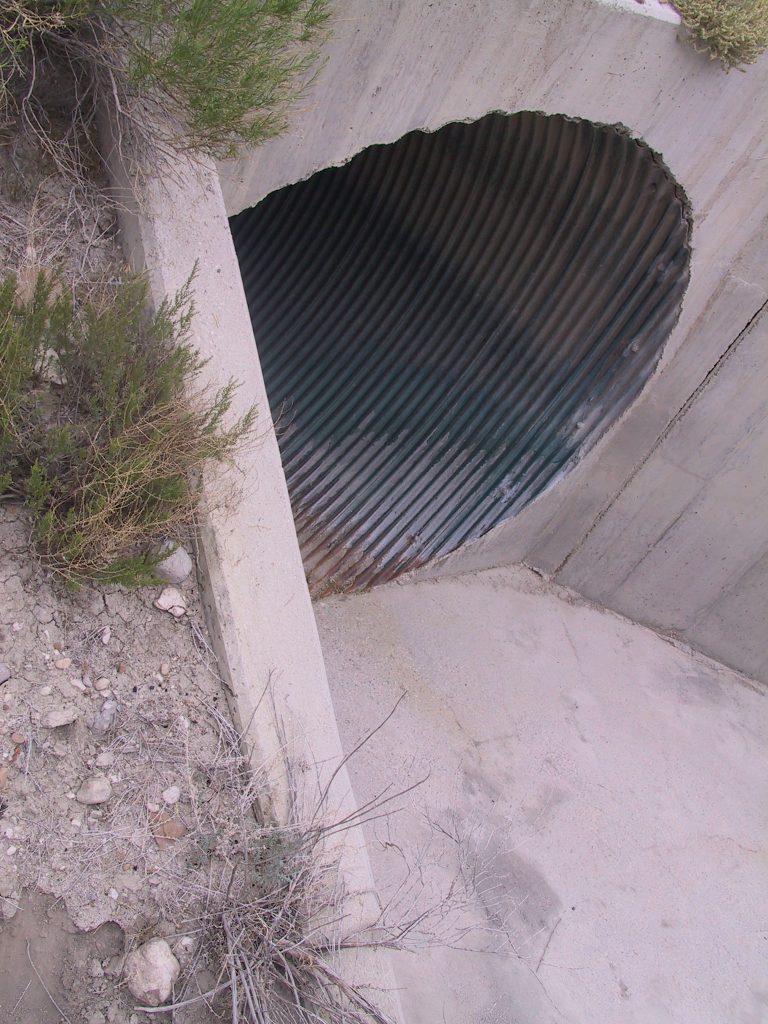Evaluating the Use of Aluminum Drainage Culverts in Wisconsin

The Wisconsin Department of Transportation (WisDOT) recently released an SGH research report on the performance of aluminum culverts. The report is the result of a two-year research project sponsored by the Wisconsin Highway Research Program (WHRP) and the U.S. Federal Highway Administration to evaluate the performance of these drainage structures in Wisconsin and the state’s related policy decisions.
The failure of an aluminum culvert in 1993 due to corrosion prompted WisDOT to severely limit their use in the state. Aluminum culvert corrosion affects overall durability and can manifest as general corrosion and localized pitting corrosion. The research objectives were to evaluate this policy and provide guidelines and best practices for aluminum culverts in Wisconsin transportation projects.
SGH researchers collaborating for this effort included our in-house buried culvert experts, metallurgists, and library support staff. Our team identified pitting corrosion of buried aluminum culverts caused by chloride ion adsorption on the surface of the aluminum to be the cause of issues previously observed in Wisconsin. These chlorides are present from roadway deicing chemicals, and their use has been increasing, particularly with liquid anti-icing agents that are now used to treat roads before winter storms. The chlorides migrate through cracked pavement or unpaved shoulders, adsorb on the aluminum surface, and create pits that drill through the culvert wall thickness from the soil side, typically going undetected during internal visual inspections until near perforation. Our research also evaluated further chemical and mechanical sources of aluminum culvert degradation, including abrasion, soil and water pH, and soil and water electrical resistivity.
This research is the first of its kind to identify the pitting corrosion mechanism in the aluminum culvert industry. According to WisDOT Project Oversight Committee Chair Steve Neary, “This research identified potential pathways for aluminum culvert corrosion and methodology to prevent its occurrence. The results will be used to guide future WisDOT culvert policy.”
SGH recommended the following updates to WisDOT’s manuals and specifications regarding aluminum culverts:
- Allow use of aluminum culverts (pipe, structural plate structures, and box culverts) at sites with environmental conditions (soil and water pH, resistivity, and abrasion classification) that meet specified ranges.
- Specify use of an impermeable isolation membrane in the backfill envelope between the top of the culvert and roadway surface.
- Specify free-draining backfill with limited chloride ion content below the isolation membrane.
As WisDOT implements the research findings in their specifications, they will be the first state in the U.S. to acknowledge this issue and update their operations to reflect best practices that mitigate the problem for future new aluminum culvert installations.
Brent Bass served as Project Manager for this research effort. Jesse Beaver served as Principal Investigator.